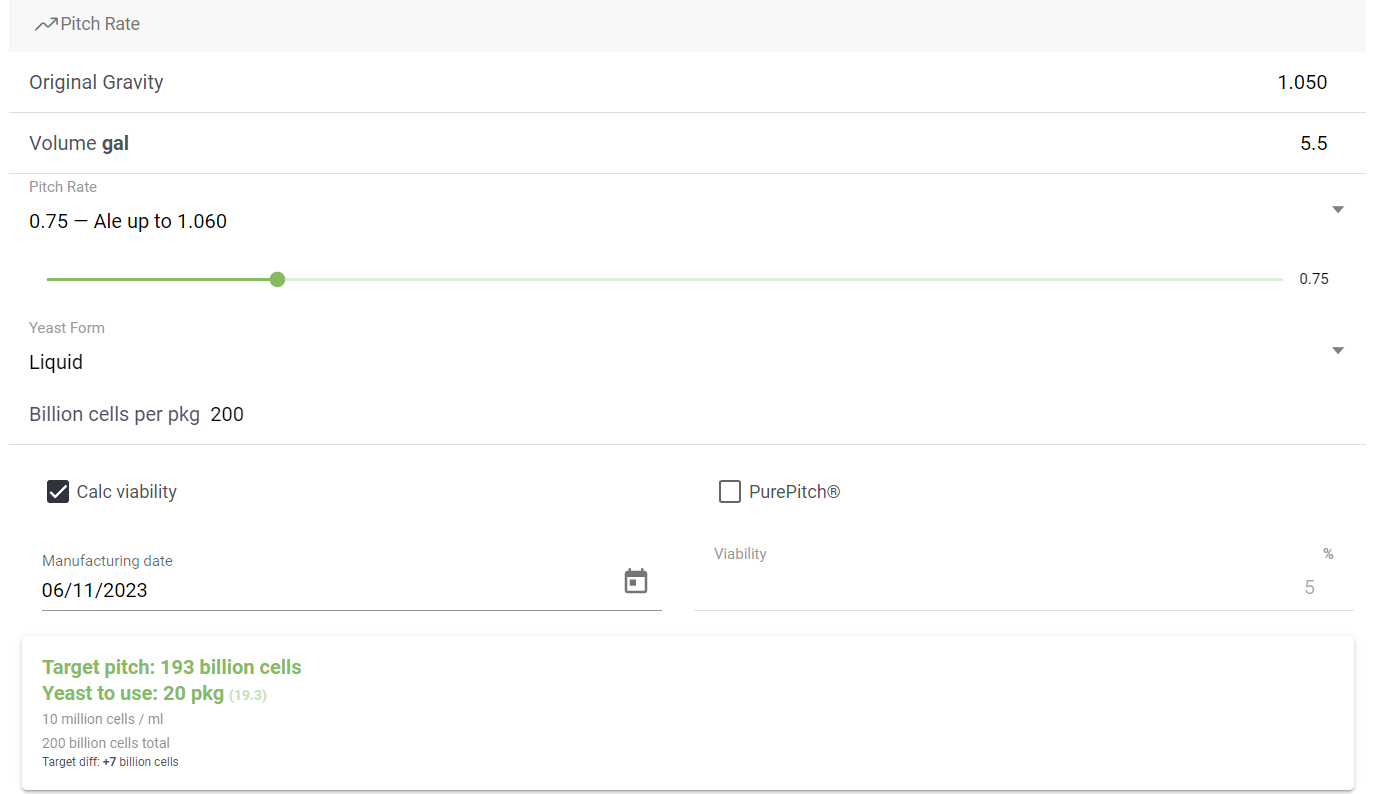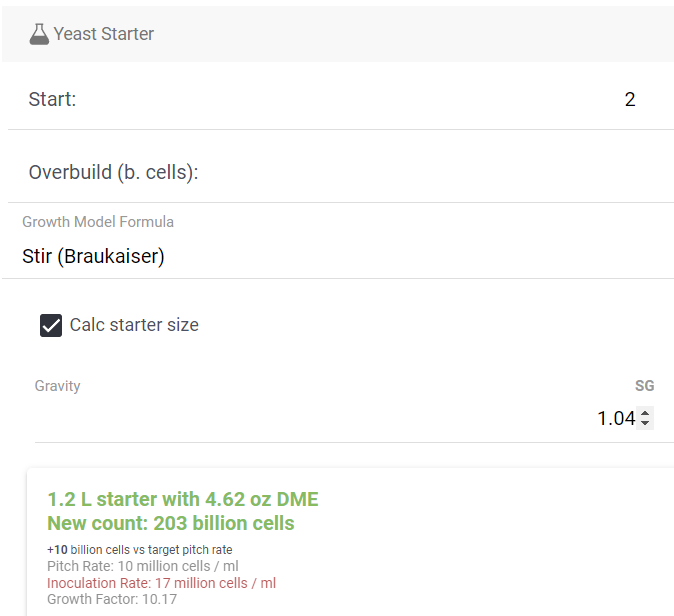Can it work? Yes, if there are any cells still alive in the pack, it will ferment wort into beer. It may be slow to start leaving more opportunity for stray bacteria to compete early on. If the yeast depletes oxygen prior to reaching a decent colony size, it may struggle the entire time and stall especially on higher gravity worts. You'll get more yeast character, aka esters at low pitch rates and sometimes that good or bad depending on what you want. Probably the worst case scenario is that it fizzles out before byproducts and intermediate compounds such as Acetaldehyde and Diacetyl are cleaned up.
Imperial yeast starts with about 200B cells per pack and at 7 months, would be approximately down to 10B each. A typical 5.5 gallon batch of 1.050 wort, fermented at ale temps should have about 190B cells but in this case would have gotten 20.
View attachment 840080
Even growing it up with a starter is a little out of ideal parameters. The inoculation rate is pretty low and the growth factor is over 10 (4 is more ideal).
View attachment 840081




















































![Craft A Brew - Safale BE-256 Yeast - Fermentis - Belgian Ale Dry Yeast - For Belgian & Strong Ales - Ingredients for Home Brewing - Beer Making Supplies - [3 Pack]](https://m.media-amazon.com/images/I/51bcKEwQmWL._SL500_.jpg)






